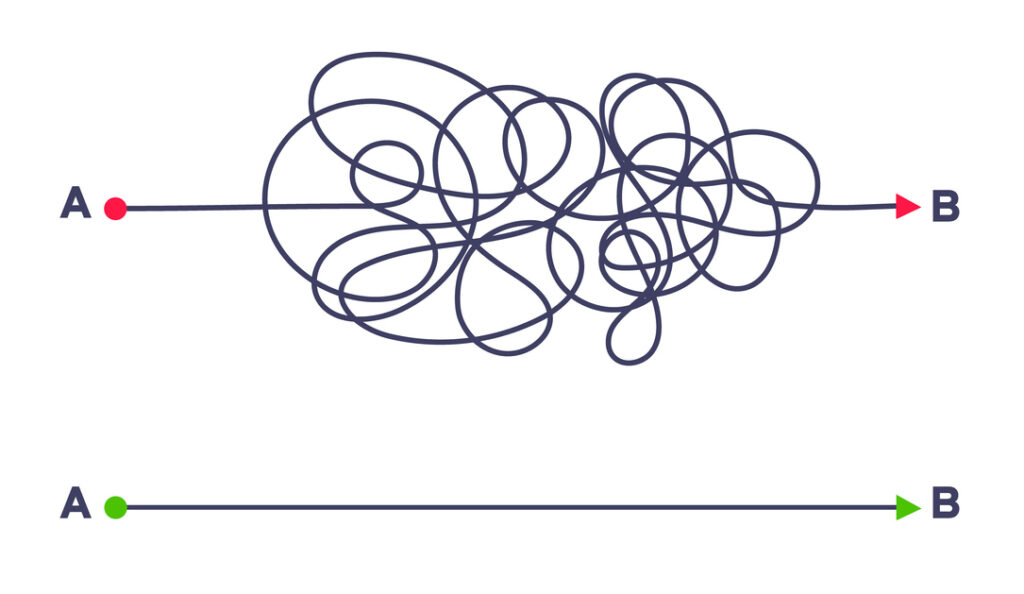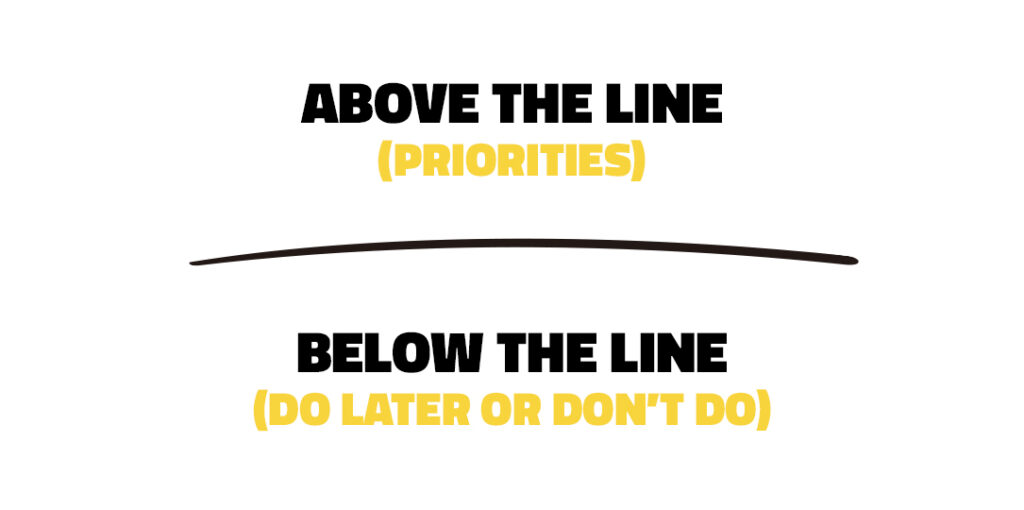Whether it’s creating a marketing campaign, building a new website, or adding a new product to your offerings complex production processes aren’t just stressful for businesses—they’re expensive. For startups, mid-sized businesses, and enterprises alike, inefficiency derails momentum, burns budget, and results in subpar outcomes. But what if achieving excellence could feel effortless instead of overwhelming?
Aloide’s veteran team has guided countless brands through streamlining their creative production to make premium results look easy. Below, we outline four practical, proven steps you can implement today.

The Hidden Costs of Complexity
Complexity in your creative process can sneak up on you, costing time, money, and energy without you even realizing it. When workflows are too complicated, roles aren’t clear, or there are too many steps for approval, it slows everything down. People get frustrated, deadlines get missed, and projects can go over budget. Instead of focusing on coming up with great ideas, your team ends up wasting time trying to figure out what’s next or fixing avoidable mistakes.
This not only makes the work harder but can also hurt your relationship with clients. Keeping things simple helps your team work faster, stay creative, and avoid these hidden headaches.

Wasted Time
Time lost to unnecessary
back-and-forth or re-work.

Wasted Resources
Financial impact of
duplicated or wasted efforts.

Missed Opportunities
Creative delays leading
to missed opportunities.
Streamline With These 4 Proven Strategies
1) Centralize Ownership
A marketing team was tasked with creating a brand refresh for their growing business. The team lead for the project, a senior marketing manager, worked closely with the design and copywriting team from the start. Over several weeks, they developed a new logo, tagline, and visual identity, going through multiple rounds of revisions and receiving feedback from the company president. The team lead essentially approved the final designs, and the team was ready to move into the production phase.
However, the business’ sales director, who hadn’t been involved in the earlier stages, reviewed the work just before it was finalized. The sales director felt that the logo didn’t align with the company’s bigger vision. They insisted on major changes to both, requiring the design and copy teams to go back to the drawing board. This not only caused frustration but also delayed the project by weeks, as the team had to rework materials, seek additional client feedback, and reenter the revision process.
The lack of alignment between the team lead and the right internal stakeholders led to wasted time and resources, as well as unnecessary stress for the team. If the sales director had been involved earlier—or if their role in the decision-making process had been clearly defined—this situation could have been avoided.
2) Simplify Timelines
Simplifying timelines is all about setting realistic, focused deadlines that keep your team on track without overcomplicating the process. Instead of juggling multiple overlapping due dates, break the project into clear, manageable phases with milestones that build on each other.
For example, prioritize big-picture tasks like finalizing concepts before diving into smaller details like formatting or revisions. Use tools like Gantt charts or project management software to visually map out the timeline so everyone can see what’s coming next. By reducing unnecessary deadlines and focusing on the critical path, you can keep things moving efficiently and avoid last-minute scrambles.
3) Visualize Priorities
An “above the line” exercise is a simple way to help teams visualize priorities and focus on what matters most. Start by creating a list of all tasks or goals for a project. Then, determine how much is realistic to complete in your allotted time–this becomes your ‘line.’ It might be 12 tasks, 3 features, or 7 projects.
As a team, determine what should go above the line. Everything above the line represents high-priority items—essential tasks that must be completed to move the project forward or achieve its goals. Everything below the line is lower-priority work that can be postponed, delegated, or even removed if time or resources are tight. As new tasks pop up mid-project–as they often do–the team can refer back to this visualization to see what has to move below the line to accommodate new ideas.
This exercise forces the team to make intentional decisions about where to direct their energy, preventing burnout and ensuring key objectives are met first. It’s a powerful way to simplify decision-making and keep the team aligned.

4) Call in Experts Early
Calling in experts early can make all the difference in keeping a creative project on track. When specialists are involved at the start, they can provide critical insights, catch potential issues, and help shape a more effective plan. This proactive approach saves time and prevents rework by addressing challenges before they arise.
An internal marketing team wanted to create an animated promo video for their new product launch. They had limited experience with this and a strict budget to complete the video project. After working through several rounds of revisions on the video plan, they sent the final video storyboard to a freelance animator to create the animated video. The quote from the animator came back 2x more than their budget due to the complexity and amount of animation work required to bring it to life.
The team had to go back to the script writing process to cut back on the amount of animation required. This process cost them 3 weeks and a significant amount of time and company resources. Had the team consulted experts in the beginning, they would have been able to complete the project on time and on budget.
Streamlining takes effort and intention—but once you see the results, you’ll feel the difference. Subscribe for weekly insights, and let Aloide help you deliver stress-free, premium marketing and creative solutions.

